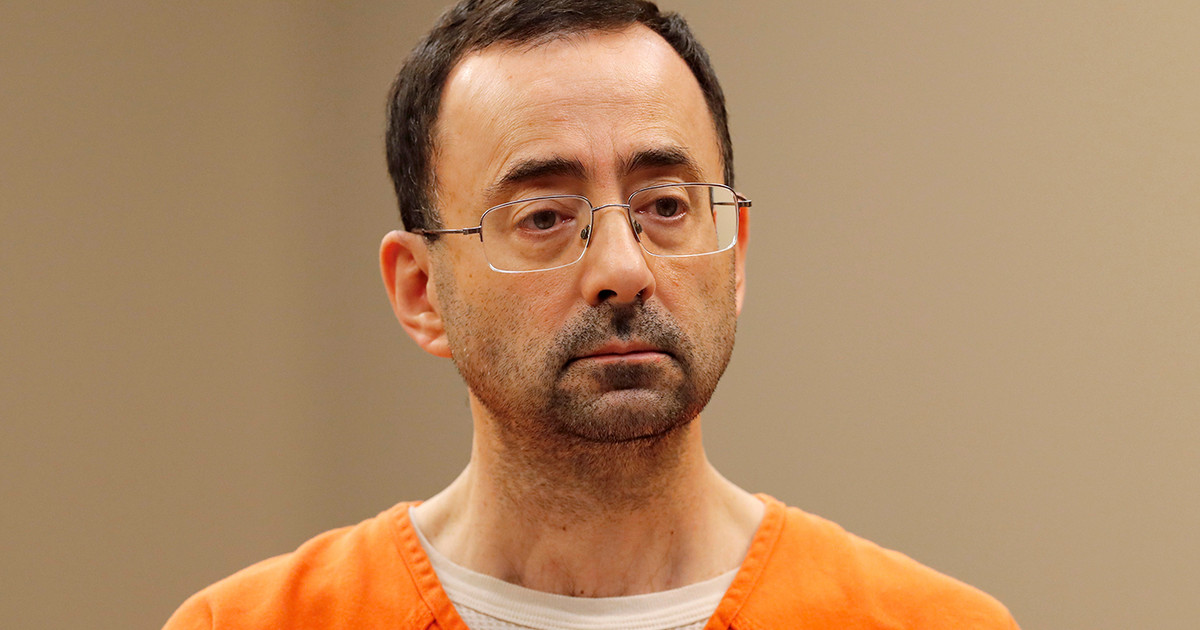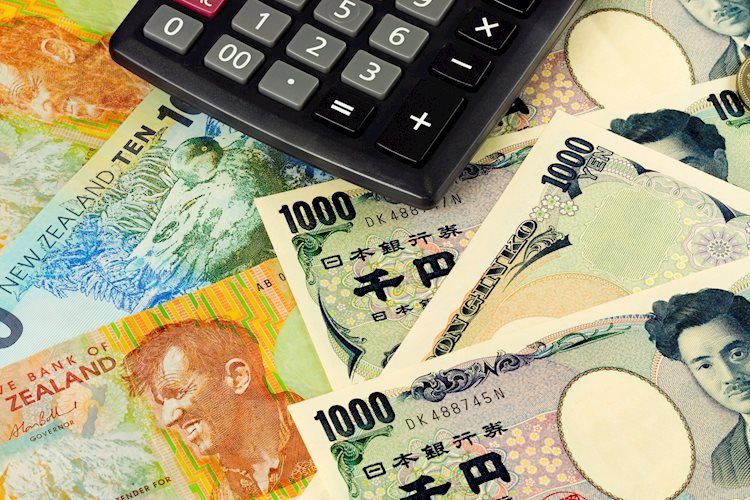A COP26 entered the decisive week, and the biggest challenge is to regulate the international carbon market with the definition of the final text of article 6 of the Paris Agreement. According to economist Ronaldo Seroa, coordinator of Environmental Studies at IPEA, who came to the Climate Conference, Brazil can lead this trade, but it really needs to end the logging illegal.
“The country has the possibility of generating a credit surplus on a large scale and at low costs. But it is important to have a transparent monitoring of these carbon emissions targets for Article 6 to really work. Brazil already dominates the clean energy market, and only in forest reserve it dominates 50% of that market. Therefore, I should be thinking big and stop thinking about receiving savings”, he said.
Seroa also emphasizes that, after the regulation of the international market, Brazil needs to create its own climate governance mechanism. “Each year, it is necessary to close an accounting and have transparency. You cannot go out selling anything like in the voluntary market. We have to prepare for the carbon neutral world, not just low carbon. It is possible to make a lot of money by becoming a carbon neutral economy, but it takes credibility and meeting the announced targets”.
Last week, the Brazilian government presented a new goal of 50% reduction in greenhouse gas emissions by 2030 and the neutralization of carbon emissions by 2050.
According to COP 26 negotiators, getting the rules of the carbon market right is of great importance to combat climate change. Depending on how they are structured, Article 6 could either help the world avoid dangerous levels of global warming or, conversely, leave countries without charges for significant cuts in emissions.
Generally speaking, international carbon markets will work like this: countries with difficulties in meeting emissions reduction targets within national climate plans (so-called Nationally Determined Contributions or NDCs), or who wish to pursue less expensive reductions, can buy credits (or reductions) from other nations that cut beyond what was promised, through the transition to renewable energy or reforestation, for example.
“This purchase (or financing) needs to reduce emissions worldwide to avoid catastrophic climate change. Not only to function as a market, it is essential to actually help in increasing the ambition of goals globally”, he concluded.
The agenda of the Conference was based on Monday on the need to pressure the richest nations to fulfill their promise to support developing countries with US$ 100 billion annually in actions to mitigate and adapt to the climate. This money should establish a constant flow of resources through the Green Fund, which is not being fully complied with.
On the first working day of the week, at COP 26, the AmazonFACE project – the world’s largest outdoor laboratory on climate science – was also released. Fruit of the scientific partnership between Brazil and the United Kingdom, it is an innovative experiment to understand how the Amazon Forest can respond to the climate changes foreseen for the coming years.
Stocks of carbon dioxide will be pumped into small areas of forest to simulate its response to climate change.
The data collected will help advance climate projection models. From there, scientists will be able to assess future scenarios of carbon emissions within forests.
The agenda was based on the first working day of the week on the need to pressure the richest nations to fulfill their promise to support developing countries with US$ 100 billion annually in actions to mitigate and adapt to the climate. This money must establish a constant flow of resources through the Green Fund, which is not being fully complied with.
Reference: CNN Brasil
I’m James Harper, a highly experienced and accomplished news writer for World Stock Market. I have been writing in the Politics section of the website for over five years, providing readers with up-to-date and insightful information about current events in politics. My work is widely read and respected by many industry professionals as well as laymen.






